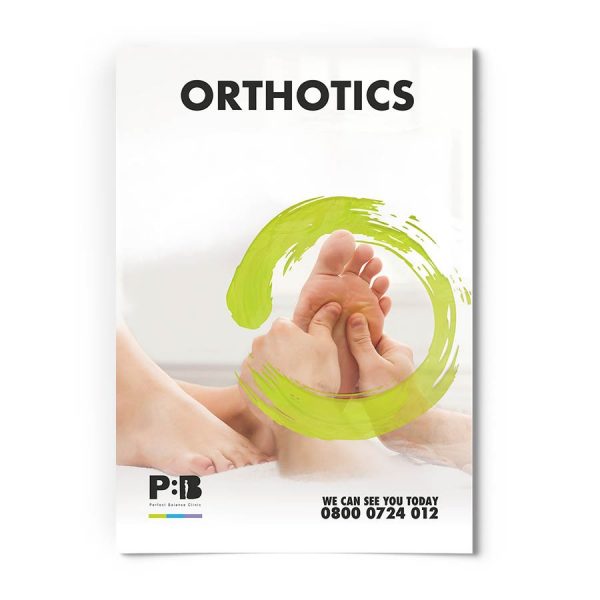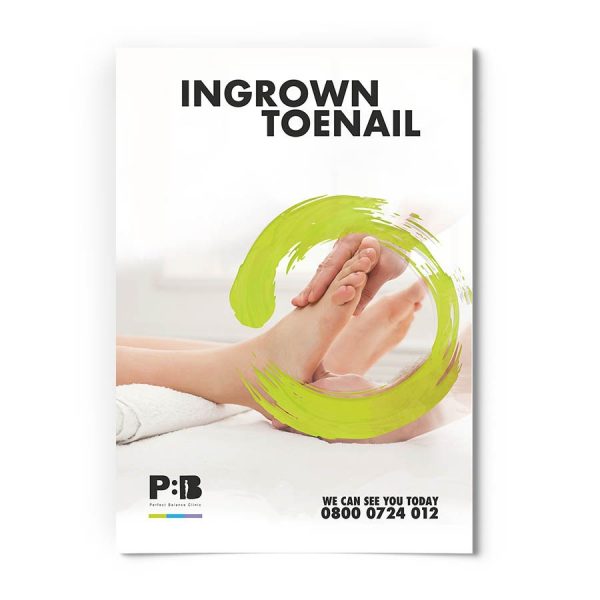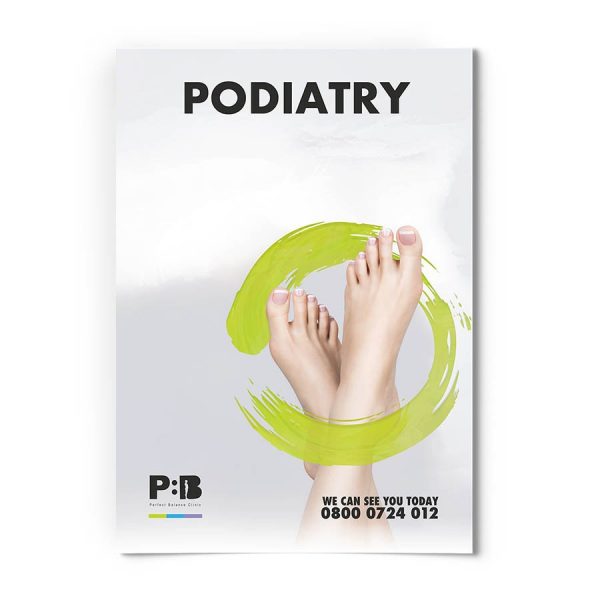Orthotics: Fact Sheet
What are Orthotics?
An orthopaedic device [is one] that supports or corrects the function of a limb or the torso.
Although orthotics can be used to help any part of the body, orthotics is a term commonly used to refer to shoe inserts and, when needed, are usually recommended by podiatrists. They are not just arch supports as assumed by many, but can make you more comfortable by altering the angle of the foot and correcting an irregular walking pattern. They help to improve the function of the foot, sorting imbalances that could impact on the rest of the body, and therefore reducing pain and discomfort.
Anyone can benefit from the use of orthotics to help with a foot condition, including athletes. Older people may find them useful too as their bones and muscles get weaker and the protective layer of fat thins, leaving them vulnerable to foot conditions. People, who have to stand for long periods of time, and those who wear high heels often benefit from orthotics too. They are particularly helpful for flat feet, heel pain, sesamoiditis (a condition affecting the sesamoid bones in the forefoot), tendonitis (a condition that affects the tendon holding the arch of the foot) and overpronation (when the feet turn in too much), among many other conditions.
However, it must be remembered that the benefits of wearing orthotics are only shown when using them; once taken out of the shoe, the foot’s problems and discomforts will return. They do, however, act as supportive devices, increasing stability and preventing future problems in the feet from developing. There are many orthotics on the market, ranging from the over-the-counter version to a computer-designed custom-made pair. A good pair should last at least five years, although any covers for the orthotic may need to be replaced earlier.
Good quality orthotics should not be confused with over-the-counter arch supports, which are good to use for minor discomfort, but they do not support the foot in any beneficial way or help to correct more painful or serious conditions.
How will you be treated with Orthotics?
For specially-made orthotics, you will need to see a qualified podiatrist. They will make an initial diagnosis and provide you with a customised prescription. From here, a plaster cast is taken of the foot so another cast can be made from this mould. Using this, an orthotic will be made based on the information provided by the podiatrist.
The orthotic is placed inside your shoe and helps with the movement of your foot. It may be difficult to get used to at first, but over time, it will feel natural.
What can you do to help yourself?
You can look after your feet by washing them daily with soap and water. Always dry them thoroughly. Wear comfortable, well-fitting shoes. Flip flops don’t offer any support for your feet, so avoid wearing them too much. The same applies to high heels. Please remember, if you need any further advice then you can email us at info@pbclinic.com.
For more information about Orthotics
This article was written by our team of specialist therapists at Perfect Balance Clinic. If you would like more specific advice about how our team can help you with this condition or symptoms you may be having, please complete the contact form below and one of the team will get back to you shortly.
Here are some of our E-Books to help you
References
1.Wikipedia, http://en.wikipedia.org/wiki/Orthotics [accessed 29 January 2012].
2.Foot Insoles, http://www.footinsoles.co.uk/ [accessed 29 January 2012].
3.Foot Logics, http://www.painfreewalking.co.uk/faq-orthotics.html [accessed 29 January 2012].








